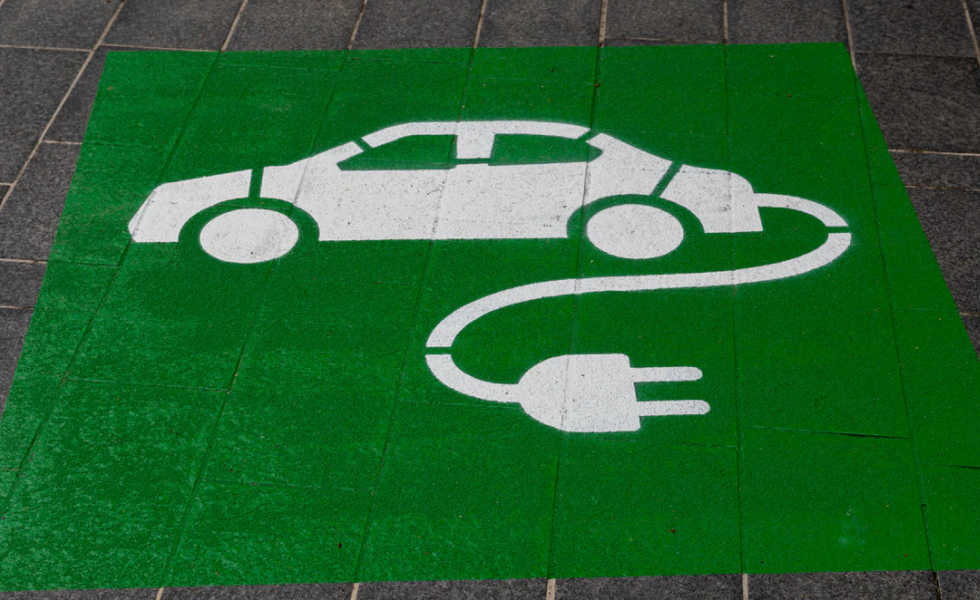LGIM: Battery technology is paving the way for clean energy and green mobility
LGIM: Battery technology is paving the way for clean energy and green mobility

By Aanand Venkatramanan, Head of ETFs, Legal & General Investment Management
The development of battery technology is closely interlinked with the need for energy storage systems (ESS) in energy grids and battery electric vehicles (BEVs).
Government policy offers great support and major climate bills across the world, such as the Build Back Better act in the US, the EU Green Deal and China’s 14th 5-year plan, cite energy storage as an important component of the path to clean energy and green mobility, and eventually, climate neutrality. Along with Asia, Europe stands at the front of such developments.
According to the European Commission, the EU will become the second biggest global market for batteries, including in terms of battery production, and could account for 17% of the global demand by 2030, again the second highest level worldwide. Under the assumption that the need for battery storage will represent 5%-10% of total renewable installed capacity, Goldman Sachs have estimated that battery-related spending would account for up to 13% of the EU Green Deal’s €10tn spending, 60% of which would be privately financed.
Battery Storage Systems (BSS) have residential, commercial and utility-scale applications and installations in the EMEA region in each of these areas are forecasted to grow at a 20%, 30% and 28% CAGR between 2020 and 2030, when, combined, they will reach almost 27GWh and exceed a total cumulative installed capacity of 150GWh. Germany stands out in Europe with regards to both residential and commercial applications. On the back of thriving solar energy market and government support that encourages new grid storage installations alongside solar, the country has accounted for more than 80% of residential BSS installations in the EMEA region in 2020.
That said, BEV demand has been the predominant source of total battery demand worldwide, thus far, and the market is set to keep growing in 2022, despite rises in costs of raw materials, as the global chip shortage eases and BEV penetration continues.









